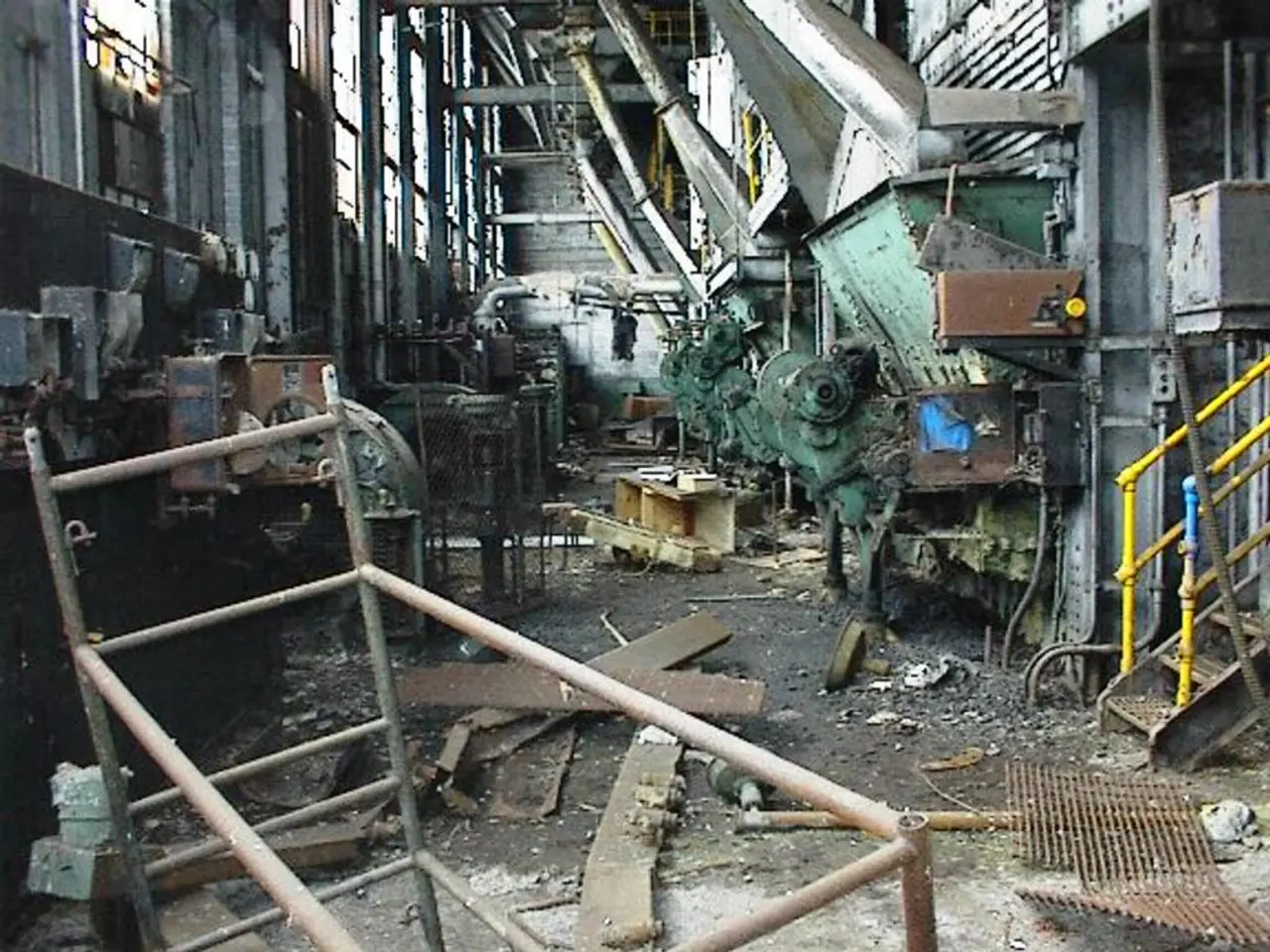Intel's Magdeburg plant primarily relies on a single financial backer for its operations.
=================================================================================================
The recent developments in the semiconductor industry, as exemplified by Intel's withdrawal from Magdeburg, Germany, have highlighted the challenges faced by structurally weak regions in attracting significant investments. These challenges stem from a combination of market and structural dynamics.
Supply chain complexities and geopolitical risks are significant factors. The semiconductor industry is heavily impacted by global supply chain fragilities, including trade tensions, tariffs, and export restrictions, particularly involving China. These risks increase uncertainty for investments in less-established regions, complicating long-term planning and raising costs.
Resource and talent shortages also pose a significant barrier. Structurally weak regions often lack a skilled workforce and relevant R&D infrastructure, which becomes more critical as the semiconductor sector faces growing vulnerabilities to workforce shortages in 2025.
High costs and competitive pressures are another challenge. Rising costs of raw materials, labor, freight, and foundry services strain budgets, with manufacturers facing pricing pressures as suppliers compete for contracts in a buyer’s market. Structurally weak regions may struggle to offer sufficient cost advantages or incentives to offset these challenges.
Infrastructure and ecosystem limitations are also crucial. Advanced semiconductor production requires robust infrastructure (energy, water, transport), plus a vibrant supplier and innovation ecosystem. Structurally weak areas like Magdeburg may lack these mature ecosystems, making investments riskier and less attractive.
Strategic realignment towards core geographies is another factor. Leading semiconductor firms tend to focus investments in regions with favourable policy support, industrial clusters, and existing capabilities. For instance, the U.S. is seeing aggressive reindustrialization backed by government incentives, driving a projected tripling of domestic chipmaking capacity by 2032. This concentration pulls investments away from weaker regions.
In Intel’s case, withdrawing from Magdeburg likely reflects a combination of these market and structural dynamics: supply chain uncertainties, insufficient local ecosystem maturity, cost and talent considerations, and strategic shifts toward more established locations with stronger policy backing.
As Intel is not currently a major player in the billion-dollar relocations for semiconductor manufacturing, the state government's focus on high-tech settlements in Saxony-Anhalt might not lead to the creation of new jobs as intended. Instead, it might be seen as mere whistling in the wind.
However, it's important to note that other semiconductor manufacturers, such as TSMC and Nvidia, are not facing the same challenges. For instance, AI data centers primarily use semiconductors supplied by Nvidia.
In conclusion, attracting major semiconductor investments in structurally weak regions remains hampered by supply chain fragility, talent shortages, high operational costs, infrastructure gaps, and global geopolitical uncertainties. These factors cause firms to prioritize investments elsewhere despite overall strong market demand driven by AI, cloud, and advanced computing growth sectors. The state government in Saxony-Anhalt will have to start anew in its industrial strategy to attract such investments.
Finance and business leaders in structurally weak regions may struggle to secure investments due to high costs and competitive pressures in the technology sector, such as rising costs of raw materials, labor, freight, and foundry services, and manufacturers facing pricing pressures as suppliers compete for contracts. Furthermore, these regions may lack the necessary infrastructure and ecosystem, such as a vibrant supplier and innovation ecosystem, robust infrastructure (energy, water, transport), and a skilled workforce, which can further complicate investments.




